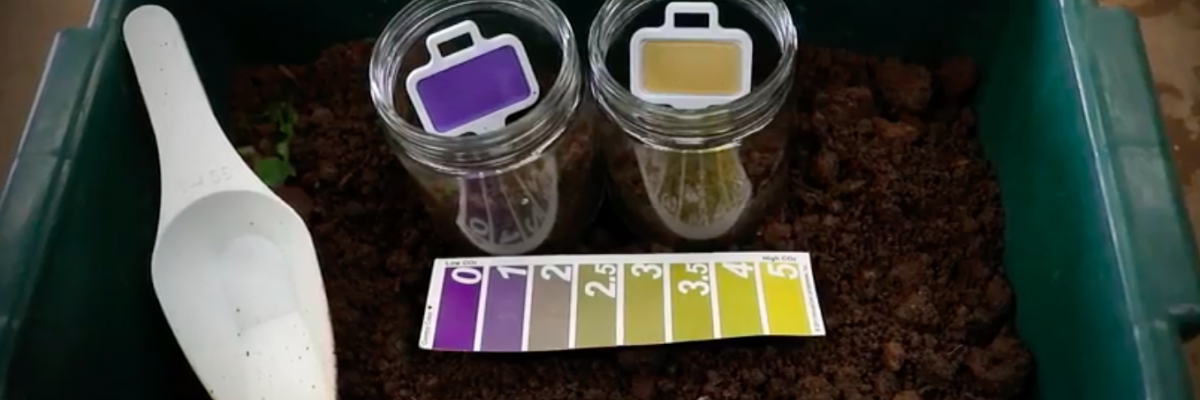

Know your Soils #7: The Respiration Test
How much biological activity is there in your soil?
How much biological activity is there in your soil?
View the website
Resource explained:
This is the seventh installment in the 'Know your Soils' series from the Soilmentor team. All the 'Know your Soils' resources share practical tips for monitoring soil health and simple tests you can do on your land. The Respiration Test, linked above, is based on an AHDB GREATsoils video created by the Soil Association and Earthcare Technical. The video shares how to collect soil samples for the respiration test and how to use the equipment to do the test. Soilmentor have added information on why the test is important, what you will learn about your soil and where to source equipment from.
Findings & recommendations:
- Microbes in the soil decompose organic matter, making nutrients available for plants.
- When microbes digest organic matter they respire - this can be measured and indicates how active they are in the soil. When soil respires carbon dioxide (CO2)is released by microbes, plant roots and soil fauna.
- Soil respiration indicates the soil’s ability to support living roots and plant growth - low respiration rates show there is a lack of soil organic matter and microbial activity in the soil - which could be due to soil temperature, moisture, aeration or available nitrogen.
- Solvita have created special field CO2 probes to measure soil respiration easily.
Summary provided by:
Annie Landless
